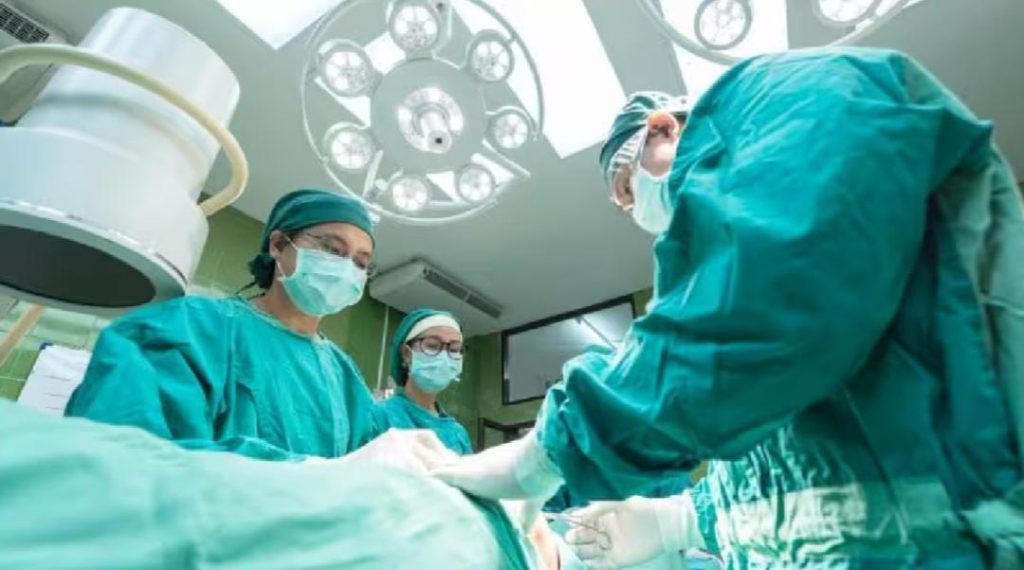
Canadian Man Undergoes ‘Tooth in Eye’ Surgery to Restore His Sight
In a groundbreaking medical procedure, a Canadian man has undergone a “tooth in eye” surgery to restore his sight. Brent Chapman, a 45-year-old Canadian, has made medical history by becoming the first person in Canada to undergo this innovative procedure.
The procedure, which was conducted by a team of experts at the University of Toronto, involved using Chapman’s own tooth as a structure for an artificial cornea. However, before the tooth can be placed in the eye, it will be placed in the cheek for three months to allow it to heal and adapt to its new environment.
The “tooth in eye” surgery is a relatively new procedure that has been gaining popularity in recent years. It involves using a patient’s own tooth to create a prosthetic cornea, which is then transplanted into the eye. The procedure has been shown to be effective in restoring sight in patients with damaged or diseased corneas.
Chapman’s decision to undergo the procedure was driven by his desire to regain his independence and quality of life. After suffering a traumatic eye injury, he was left with limited vision and was unable to perform even the simplest tasks without assistance. The “tooth in eye” surgery offered him a chance to regain his sight and return to his normal life.
The procedure was performed by a team of ophthalmologists and oral surgeons at the University of Toronto’s Hospital for Sick Children. The team was led by Dr. Michael Humayun, a renowned ophthalmologist who has been at the forefront of the development of the “tooth in eye” surgery.
“The ‘tooth in eye’ surgery is a game-changer for patients with damaged or diseased corneas,” said Dr. Humayun. “By using a patient’s own tooth to create a prosthetic cornea, we can restore sight without the need for traditional corneal transplants. This procedure offers new hope for patients who have been living with limited vision for years.”
The procedure began with a team of oral surgeons who extracted one of Chapman’s teeth and prepared it for transplantation. The tooth was then placed in the cheek for three months to allow it to heal and adapt to its new environment.
During this time, the tooth will undergo a process called “bio-activation,” which involves the growth of new tissue around the tooth. This process will help the tooth to integrate with the surrounding tissue and prepare it for transplantation into the eye.
Once the tooth has undergone bio-activation, it will be transplanted into the eye using a specialized surgical technique. The tooth will be placed in the corneal pocket, where it will serve as a scaffold for the growth of new corneal tissue.
The “tooth in eye” surgery is a relatively complex procedure that requires a high level of technical skill and expertise. However, the potential benefits of the procedure make it an exciting development in the field of ophthalmology.
For Chapman, the procedure offers a chance to regain his independence and quality of life. “I’m excited to have this opportunity to regain my sight and return to my normal life,” he said. “I’m looking forward to being able to perform simple tasks without assistance and enjoying the simple pleasures in life.”
The “tooth in eye” surgery is still a relatively new procedure, and more research is needed to fully understand its potential benefits and risks. However, early results are promising, and the procedure is expected to become a viable option for patients with damaged or diseased corneas in the near future.
As the medical world continues to evolve and new technologies emerge, it is exciting to think about the possibilities that the “tooth in eye” surgery could bring. For Chapman, the procedure offers a chance to regain his sight and return to his normal life. For others, it could offer a chance to restore their vision and enjoy the simple pleasures in life.
Source:






